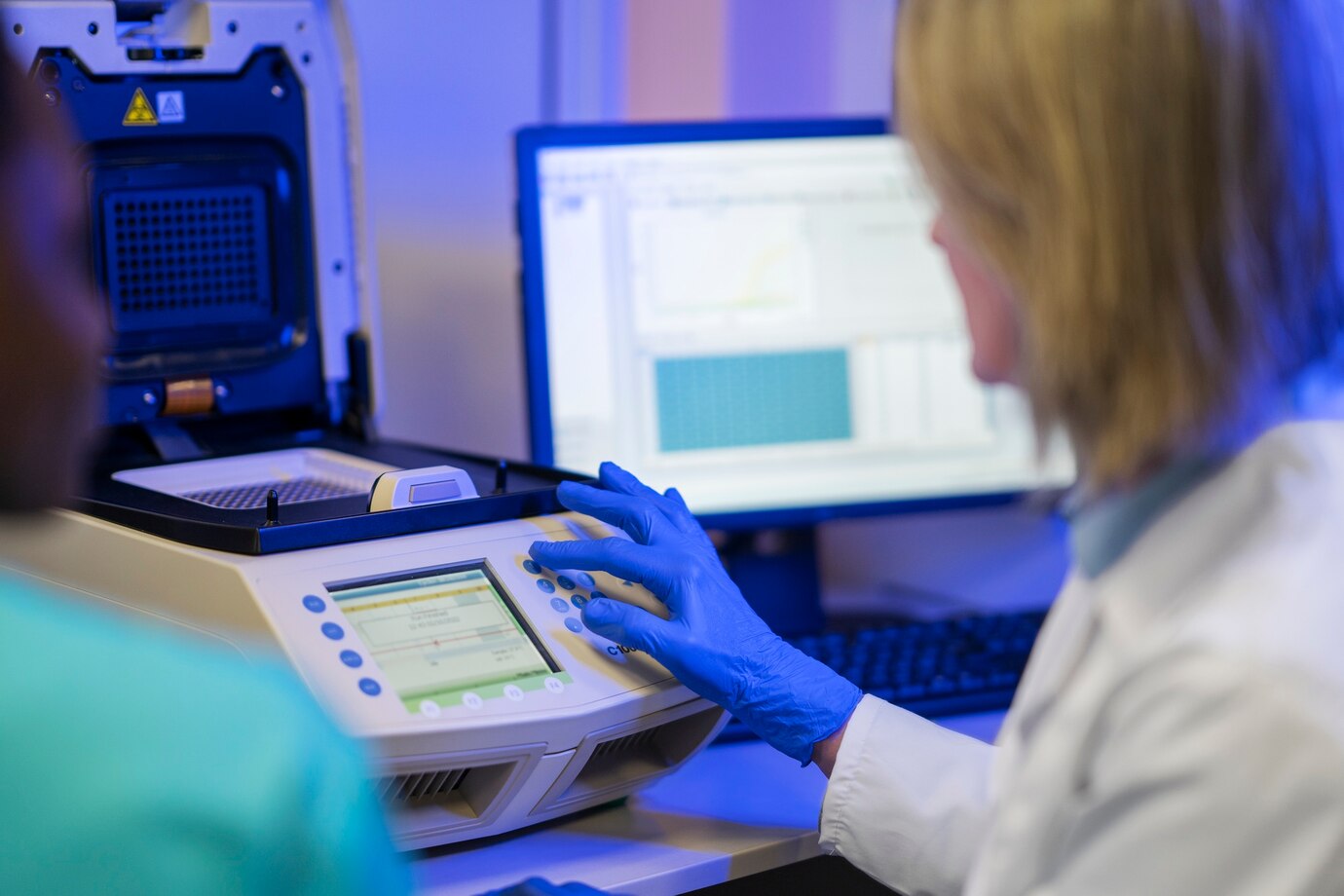
Global Cell Analyzer Market Overview
The global cell analyzer market is poised for strong expansion, with forecasts indicating a CAGR of nearly 8% from 2025 to 2030. This growth trajectory is driven by a combination of rising infectious and chronic disease burdens, continuous advancements in analytical technologies, and the increasing shift towards automated solutions in both research and clinical environments.
Key Request a free sample copy or view report summary: https://meditechinsights.com/cell-analyzer-market/request-sample/
As healthcare systems worldwide prioritize early disease detection, precision diagnostics, and personalized therapeutic strategies, the demand for efficient and high-performance cell analysis platforms continues to rise. Researchers and clinicians rely heavily on precise cellular insights to support drug discovery, monitor immune function, identify biomarkers, and validate therapeutic responses. With technological innovations accelerating at a rapid pace, the market is expected to witness sustained adoption across pharmaceutical, biotechnology, academic, and clinical segments.
Report Overview
Cell analyzers—which include flow cytometers, automated cell counters, and advanced imaging systems—enable detailed evaluation of cell properties such as size, count, morphology, phenotype, and functional characteristics. These tools have become indispensable across immunology, oncology, virology, hematology, and regenerative medicine research. Advancements in hardware design, fluorescence detection, microfluidics, automation, and data analytics have improved sensitivity, throughput, and overall workflow efficiency. Simultaneously, the increased funding in life sciences research, expanding biopharmaceutical R&D pipelines, and growing use of cell-based assays continue to create favourable conditions for market growth.
Rising Demand for Single-Cell Analysis and High-Throughput Screening Driving Market Growth
There is a significant global shift toward precision medicine, and at the heart of this movement lies the demand for single-cell analysis. As researchers seek deeper insights into cellular heterogeneity, tumour microenvironments, and immune responses, single-cell technologies have become essential. Cell analyzers capable of evaluating thousands to millions of cells individually are crucial for studying diseases at the molecular and functional level. In oncology, single-cell platforms enable the identification of rare cell populations, tracking of tumour evolution, and analysis of therapeutic resistance mechanisms. In immunology, they facilitate the monitoring of immune activation, vaccine response, and autoimmune patterns.
High-throughput screening represents another core growth driver, especially in drug discovery and early-stage compound testing. Pharmaceutical companies rely on automated cell analyzers to evaluate the effects of chemical compounds, biologics, and immunotherapies at a large scale. These systems support multiparametric testing, enabling detailed profiling of cell viability, morphology, receptor expression, and functional behaviour.
Cell analyzers are also essential tools in clinical diagnostics, where they aid in the monitoring of immune deficiencies, hematological disorders, and infections. The growing adoption of immunotherapies—particularly CAR-T cell therapies, immune checkpoint inhibitors, and T-cell receptor (TCR) approaches—has increased the need for highly accurate immune-monitoring platforms. Furthermore, regenerative medicine applications, including stem cell research, tissue engineering, and cell-based therapy development, depend heavily on consistent and reliable cell analysis techniques.
Technological Advancements Driving Innovation in Cell Analyzers
The rapid evolution of technology has significantly transformed the capabilities of cell analyzers. Microfluidics-based solutions now allow precise manipulation, sorting, and analysis of single cells, improving sensitivity and reducing sample requirements. Next-generation flow cytometers offer enhanced multicolor capabilities, enabling the simultaneous analysis of dozens of cellular markers. This advancement is particularly beneficial in complex immunophenotyping and oncology research, where multi-dimensional data is necessary.
Artificial intelligence and machine learning are emerging as transformative forces, particularly in cell imaging, pattern recognition, and large dataset interpretation. AI-powered systems can automatically classify cells, detect anomalies, and support predictive modelling—vastly reducing human effort while improving accuracy. Automation features such as robotic handling, cloud-based data management, and integrated analytics platforms are streamlining workflows across laboratories.
Another emerging trend is the development of portable and point-of-care cell analyzers. These compact devices are increasingly used in decentralized diagnostic settings, mobile laboratories, and resource-limited environments. Their portability enables rapid testing, improved accessibility, and immediate clinical decision-making, supporting public health monitoring and rapid response initiatives. Collectively, these technological advancements continue to strengthen the market’s innovation pipeline and expand the breadth of applications.
Competitive Landscape Analysis
The cell analyzer market remains highly competitive, with companies pursuing continuous innovation, product upgrades, and technological integration. Key industry leaders invest heavily in research and development to introduce solutions with improved accuracy, faster throughput, enhanced software capabilities, and user-friendly workflows. Strategic collaborations, partnerships with academic research organizations, acquisitions, and expansion into emerging markets are shaping competitive strategies. Companies are also prioritizing AI-integration, cloud-based platforms, and automated systems to meet evolving research and clinical demands.
Market Drivers
Increasing focus on single-cell analysis
Rising demand for high-throughput cell-based assays
Growth of immunotherapy and regenerative medicine applications
Technological advancements in flow cytometry and imaging systems
Market Opportunities
Integration of AI and machine learning for cell data analysis
Growth potential in emerging markets
Opportunities in personalized medicine and genomics research
Key Players
• Becton Dickinson (BD)
• Thermo Fisher Scientific
• Danaher Corporation
• Agilent Technologies
• Sysmex Corporation
Download pdf Brochure: https://meditechinsights.com/cell-analyzer-market/request-sample/
About Medi-Tech Insights
Medi-Tech Insights is a healthcare-focused business research & insights firm. Our clients include Fortune 500 companies, blue-chip investors & hyper-growth start-ups. We have completed 100+ projects in Digital Health, Healthcare IT, Medical Technology, Medical Devices & Pharma Services in the areas of market assessments, due diligence, competitive intelligence, market sizing and forecasting, pricing analysis & go-to-market strategy. Our methodology includes rigorous secondary research combined with deep-dive interviews with industry-leading CXO, VPs, and key demand/supply side decision-makers.

